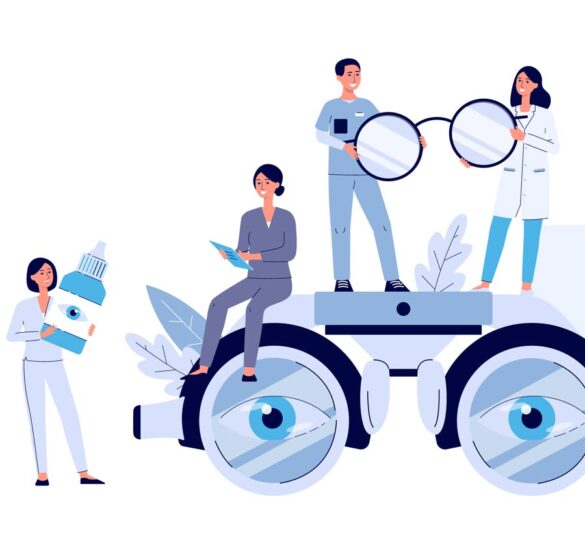How Compliance Can Help Save Your Sight
Seven tips to help make it easier to stay compliant with your medication regimen.

Though it may seem obvious that patients who don’t take their medication won’t achieve the desired results, it is estimated that up to 25% of glaucoma patients take none of their medication. Another sizable percentage don’t take all of it or take it improperly. Unfortunately, some glaucoma patients have a particularly tough time with compliance (the term for following a medication regimen).
An important goal of glaucoma treatment is to prevent further vision loss. However, a treated glaucoma patient often cannot immediately tell whether or not treatment is successful because there is not a fast and dramatic outcome. Compounding the problem is the fact that many glaucoma medications have side effects that range from unpleasant to disabling.
And what’s more, glaucoma is a chronic disease often requiring many years of treatment, which can be inconvenient and expensive. The result: many patients simply “forget” to take their medication.
Another problem is when patients take medication incorrectly — too much, too little, at the wrong time, etc. This isn’t entirely surprising since many glaucoma regimens are not easy to follow and require multiple medications taken every day at very specific intervals. But when taken improperly the full effect will not be obtained. For example, not waiting at least five minutes between taking different eye drop medications (so that they don’t wash each other out of the eye) is a common mistake.
Compliance with your medication regimen is, indeed, critical. After all, the most recent diagnostic and treatment advances are to no benefit if patients are non-compliant. In fact, non-compliance has been suggested by some to be a leading cause of glaucoma blindness.
Seven tips to help make it easier to stay compliant with your medication regimen:
- Communicate fully with your doctor. Ask questions about the medications, results and possible side effects. If side effects are intolerable, let your doctor(s) know as soon as possible so they can work on finding a more suitable medication.
- Make sure you have the information you need. Detailed regimens can be hard to remember. Ask the doctor to write out the treatment plan in large clear letters, and if necessary, color-code the medications and instructions.
- Bring a friend to your appointment. Ask a friend or family member to come with you to your appointment and help ensure you capture all the details. This can be especially helpful if your diagnosis is recent, since the diagnosis may create a shock-like state that makes it hard to absorb all the information the doctor provides.
- Put in drops correctly. Ask your doctor to demonstrate proper techniques of eye drop administration. By doing this correctly, (including one to two minutes of index finger pressure to the tear duct) you can help ensure proper dosage and drastically reduce the amount of medication that gets into the bloodstream. (Check out our “Tips For Putting In Eye Drops“).
- Write things down. In addition to taking your own notes at the doctor’s office, keep a journal of drug reactions, their timing, etc. so you won’t have to rely on memory at your next appointment.
- Utilize the medical support team. Trained staff at your doctor’s office, such as nurses and technicians, can be an enormous support to helping you manage your disease. These knowledgeable professionals can often give you the information, time, and attention that can make a big difference.
- Take advantage of the Glaucoma Research Foundation. We can provide a wealth of information, resources, and support to help you manage your disease and prevent vision loss. Request our free literature.
Reviewed on May 16, 2022